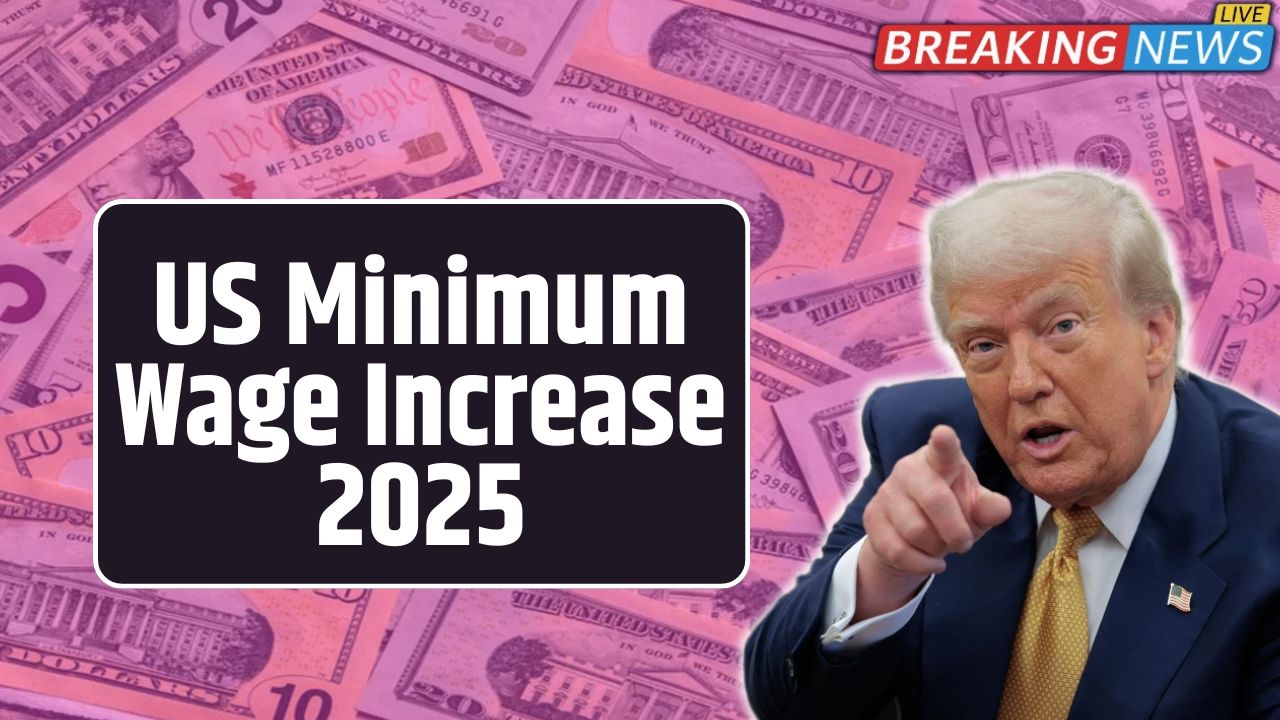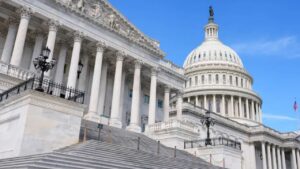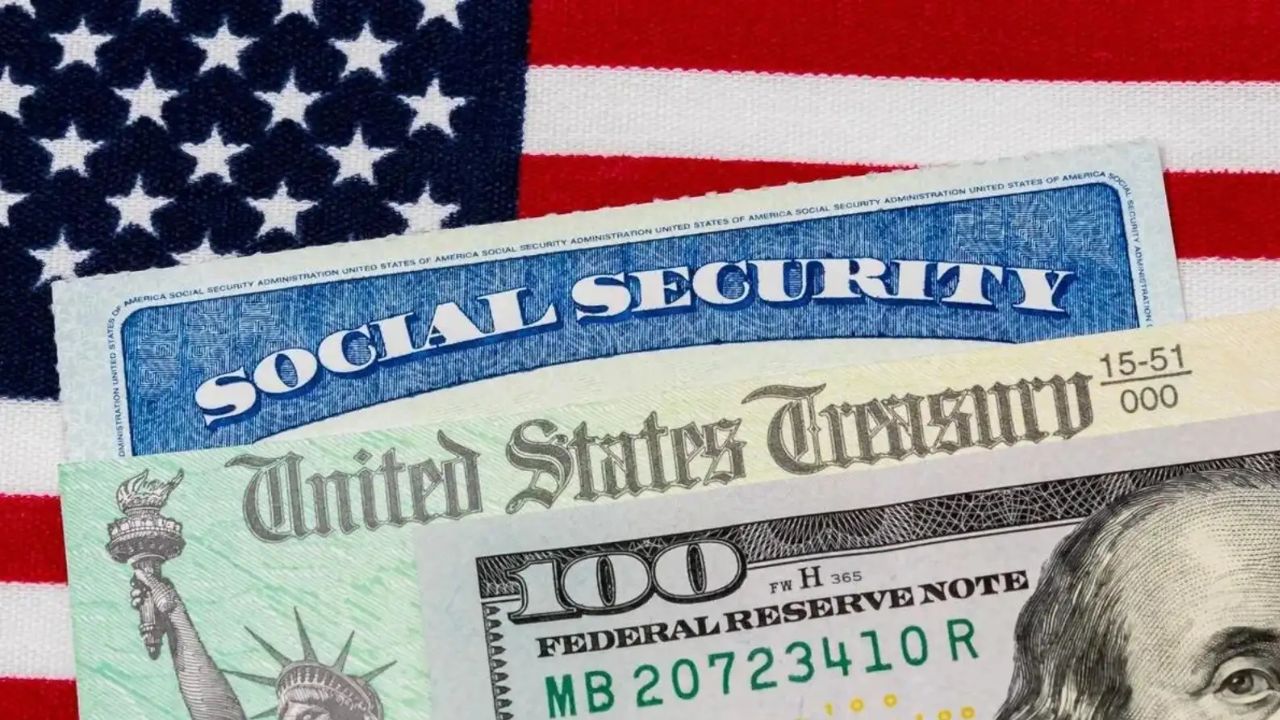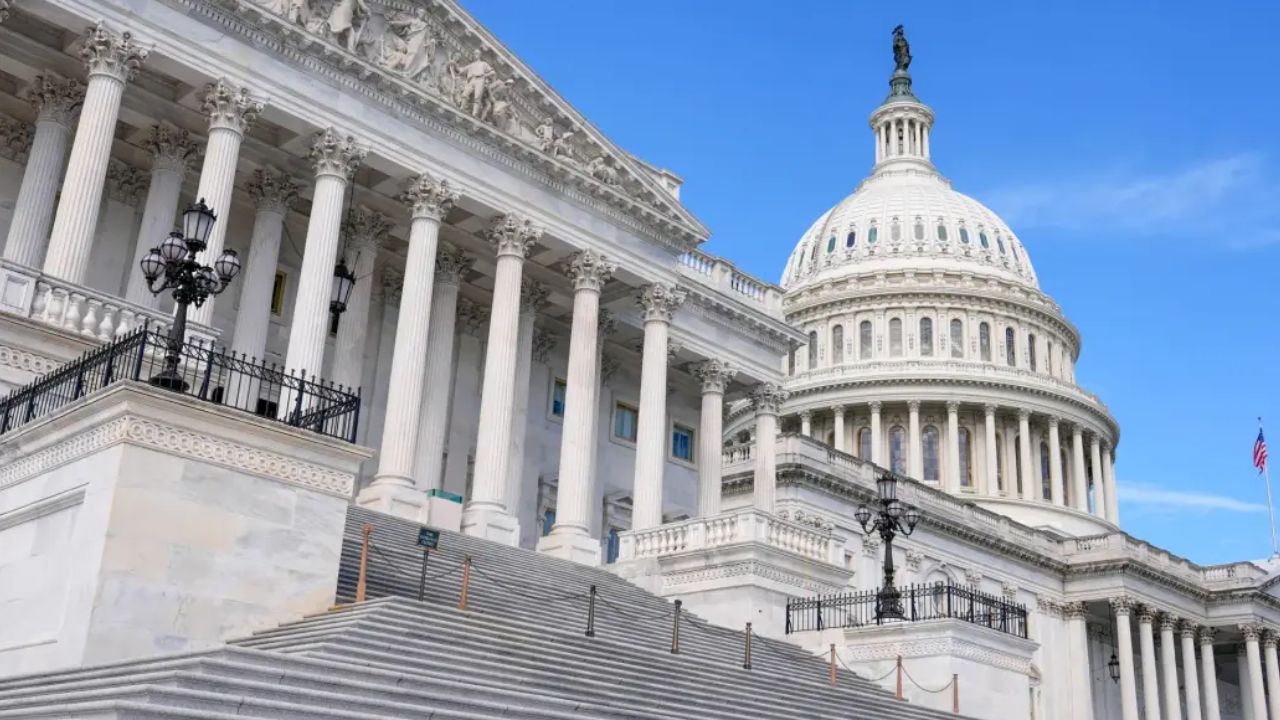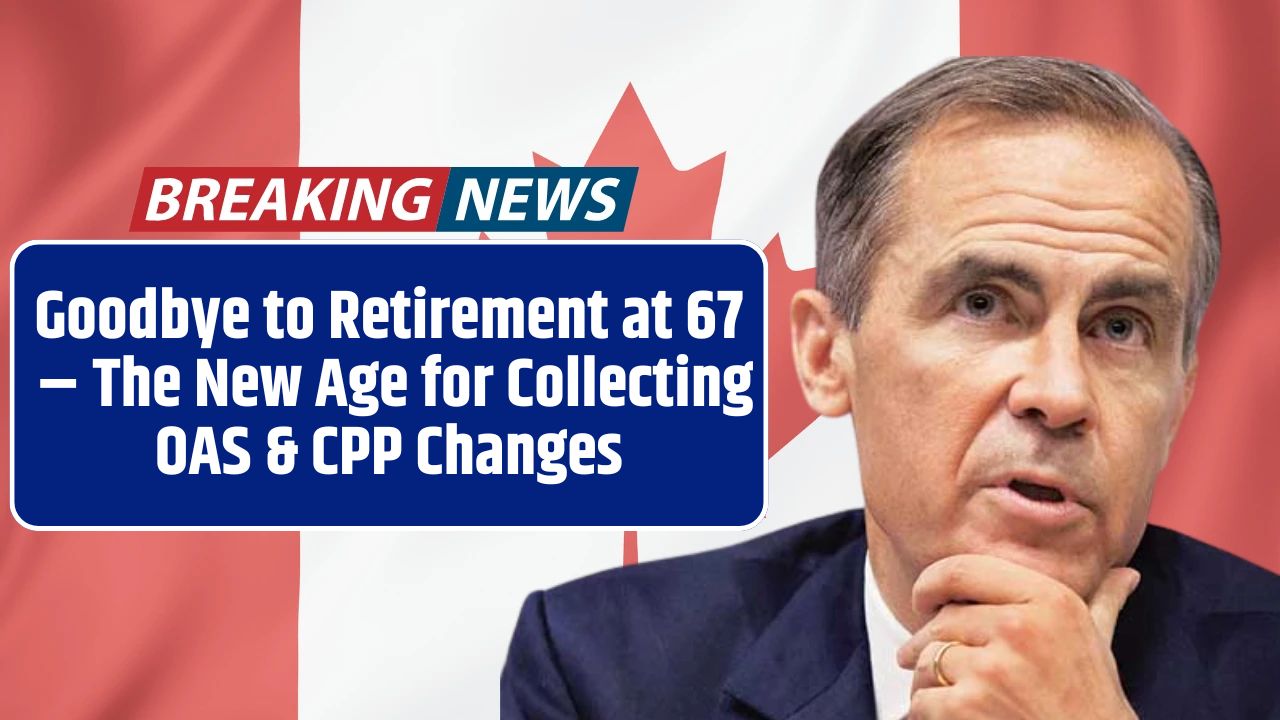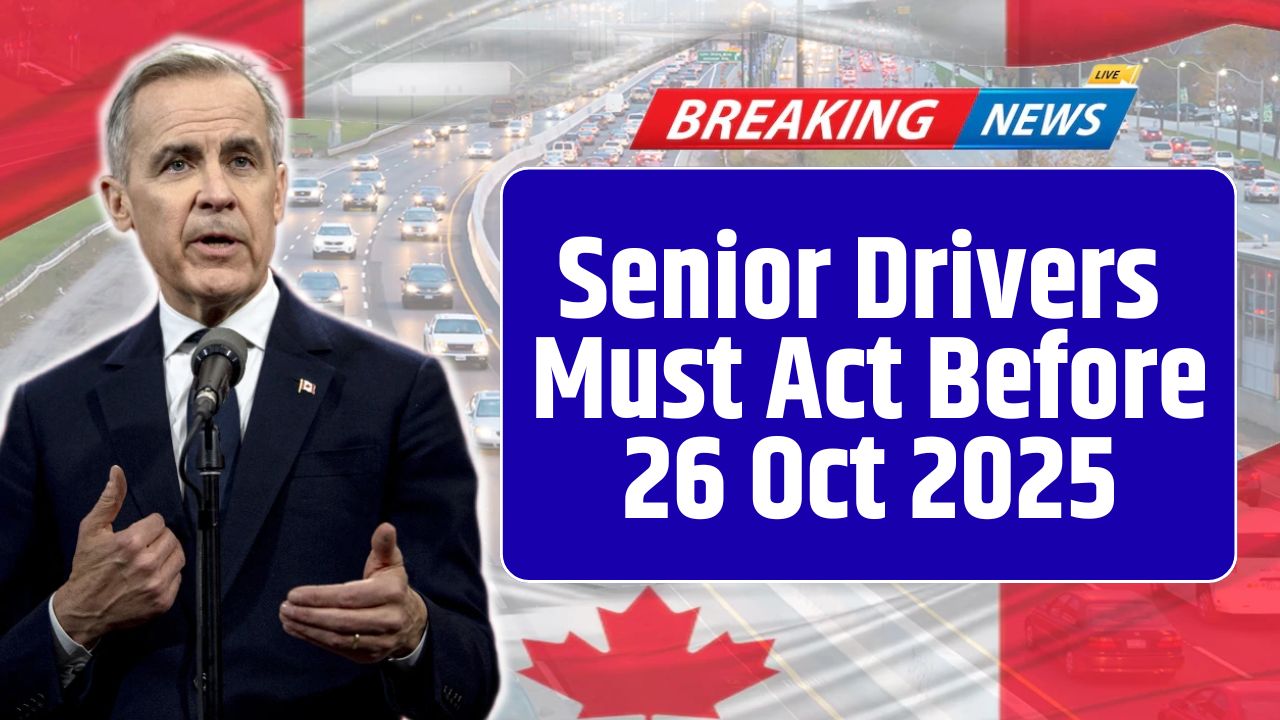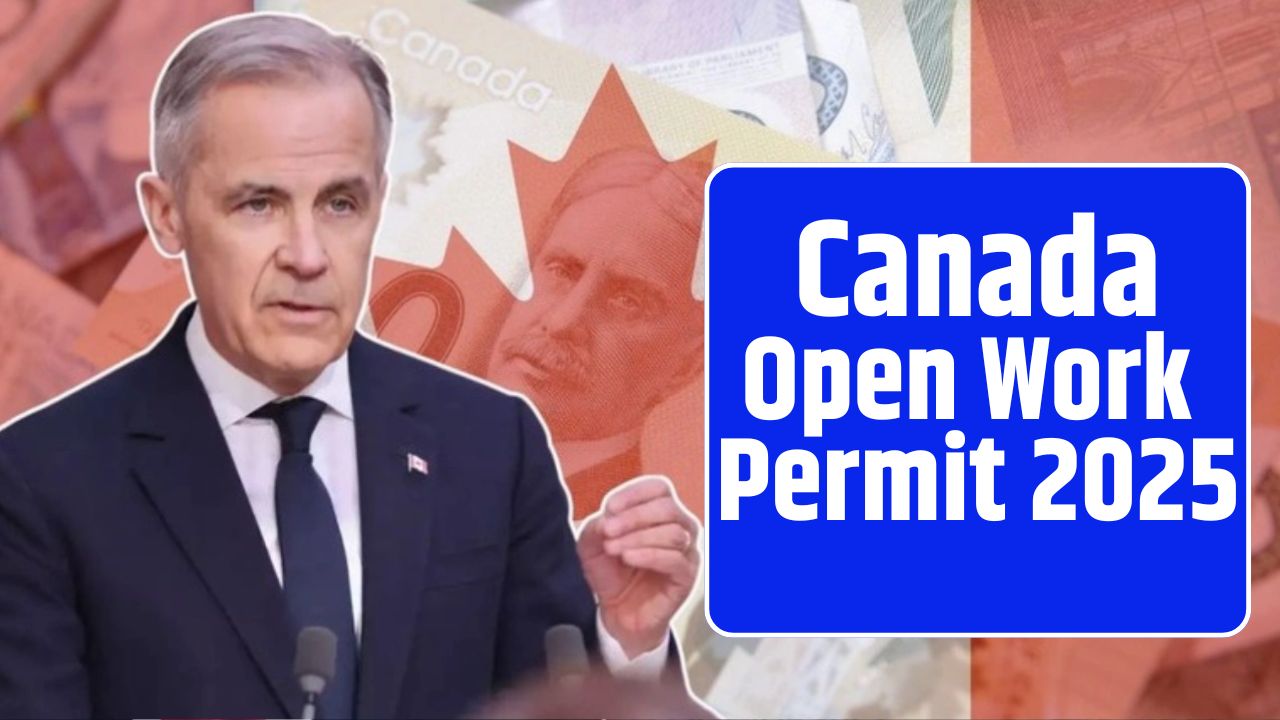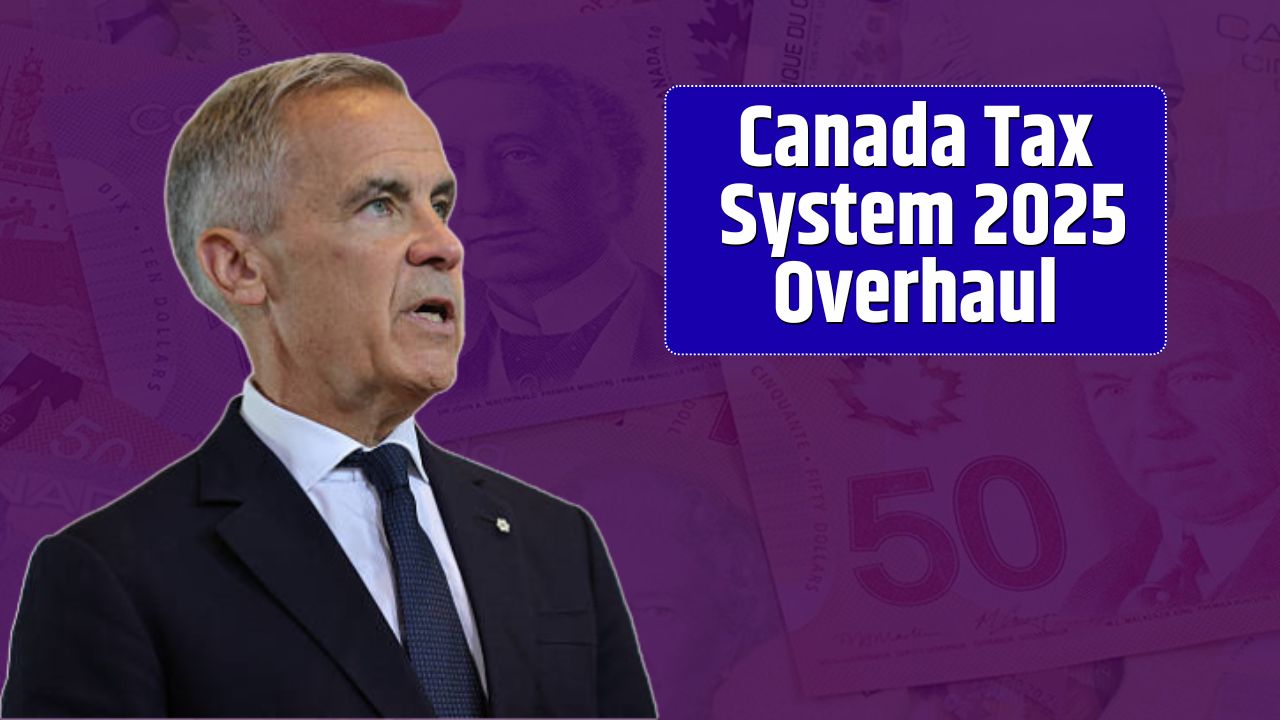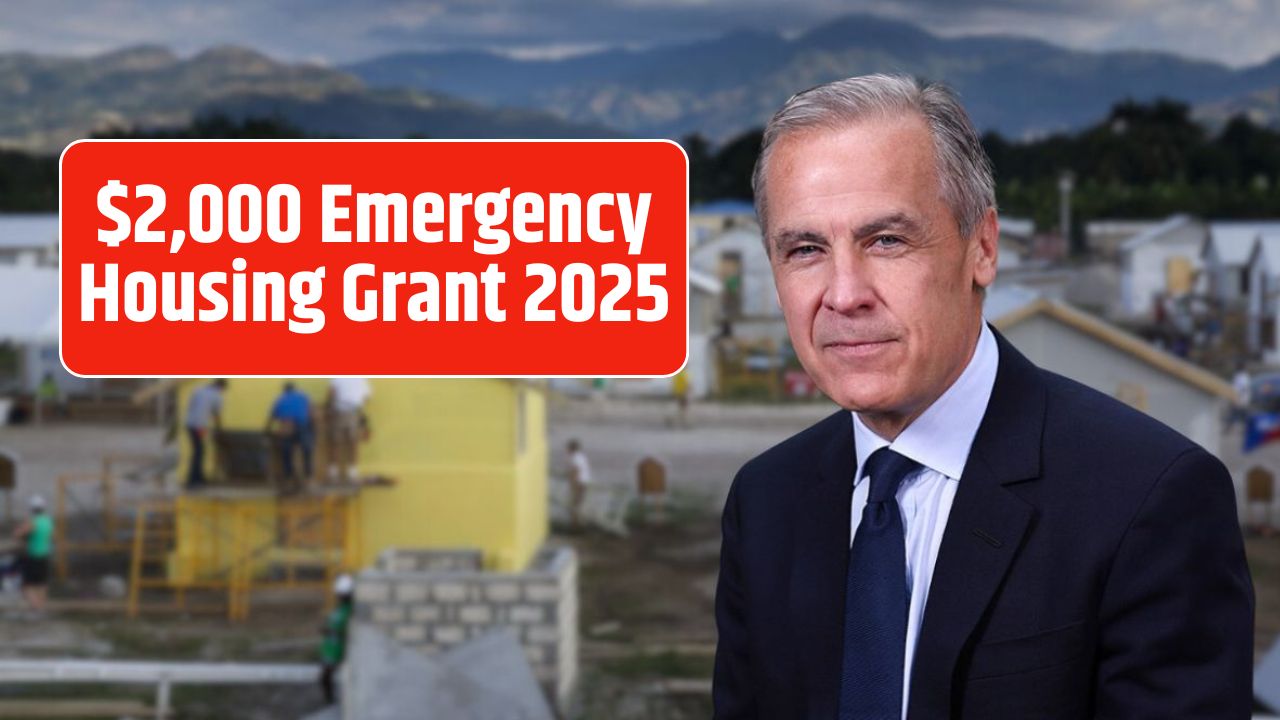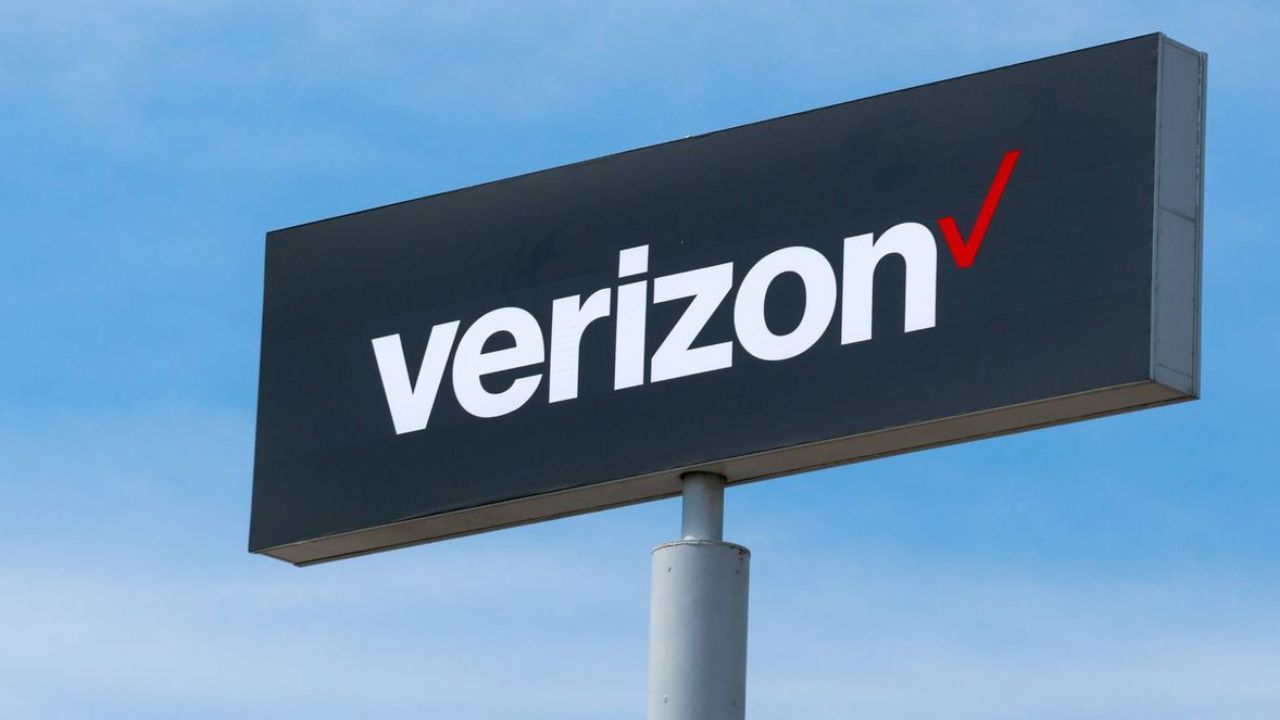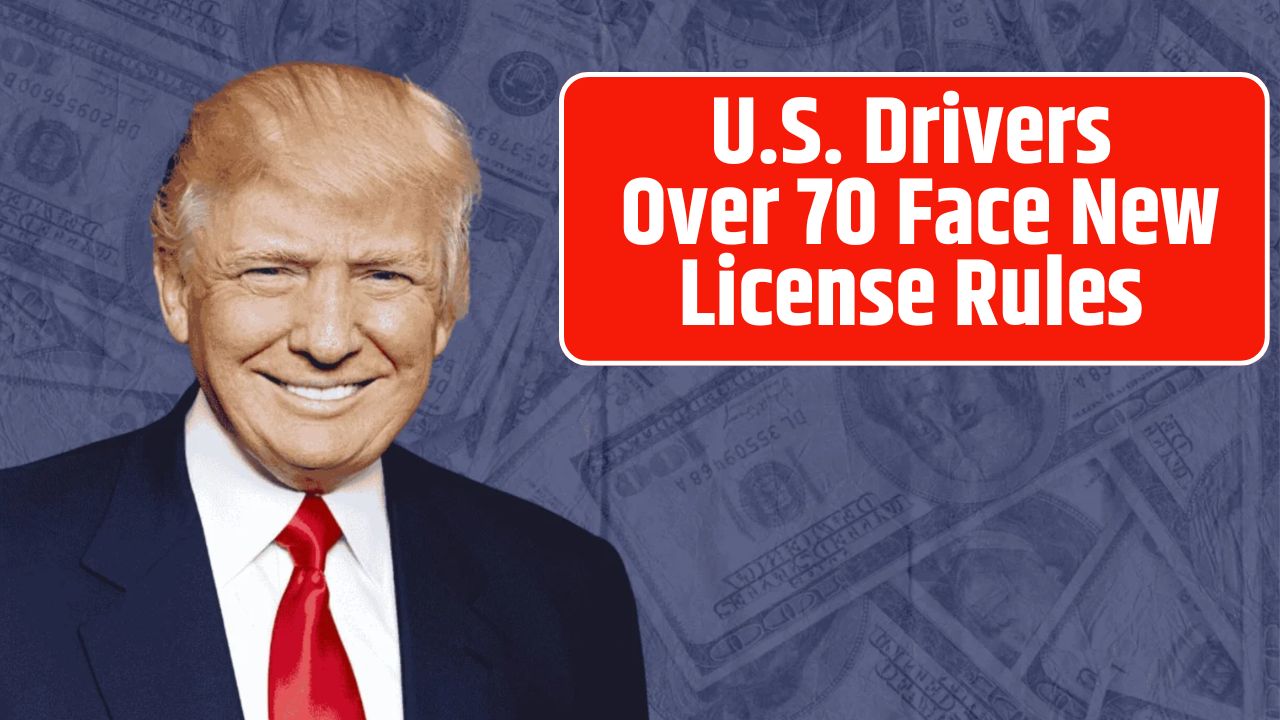The debate over America’s minimum wage is heating up again — but this time, it’s not just a matter of politics. It’s economics, inflation, and survival. As of October 2025, the U.S. federal minimum wage remains stuck at $7.25 per hour, a figure untouched since 2009. In that same period, the cost of living has soared, leaving low-wage workers with thinner margins and heavier bills.
While Washington continues to stall on reform, the real action is happening at the state level. Over 30 states and territories have raised their minimum wages well above the federal base, creating what labor economists now call a “two-tier economy” — one for states that adjust for inflation and another for those that don’t.
The Federal Minimum Wage: A Stubborn $7.25
Under the Fair Labor Standards Act (FLSA), the $7.25 wage has been the federal standard since July 24, 2009 — over 16 years ago. Adjusted for inflation, that rate would need to exceed $10.50 per hour just to have the same purchasing power it had then.
Yet, roughly 1.6 million workers — about 1.9% of the hourly workforce, according to the Bureau of Labor Statistics (BLS) — still earn that exact figure. Most are concentrated in Southern and Midwestern states that haven’t enacted their own higher local standards.
Meanwhile, the Congressional Budget Office (CBO) has estimated that raising the federal wage to $15 could lift 900,000 Americans out of poverty, even if it modestly trims job growth in some sectors.
Inflation and Corporate Response
Inflation hasn’t been kind to low-income households. Over the last five years, the cost of housing, groceries, and transportation has climbed more than 20%, squeezing workers earning stagnant wages.
Interestingly, the private sector has taken matters into its own hands. Major corporations — including Amazon, Costco, and Target — now pay starting wages between $15 and $18 per hour, setting de facto wage standards that ripple through local markets. That’s reshaped competition, forcing smaller employers to raise pay to attract talent even without legal mandates.
The U.S. Department of Labor (DOL) continues to monitor these shifts to ensure compliance with both federal and state wage laws.
Wage Adjustments in 2025: The State-Led Push
With federal inaction, states have stepped up. As of fall 2025, at least 25 states have increased their minimum wages or scheduled further hikes through 2026. Many of these adjustments are tied to Consumer Price Index (CPI) inflation measures or state legislative reforms.
Here’s a look at some of the most significant changes rolling out this year:
| State | Previous Wage | New Wage (2025) | Primary Reason |
|---|---|---|---|
| California | $16.00 | $16.50 | Inflation & cost of living |
| Washington | $17.50 | $17.95 | CPI-linked adjustment |
| Alaska | $11.91 | $13.00 | Added paid sick leave benefit |
| New York | $15.50 | $16.00 | Legislative review |
| Florida | $13.00 | $14.00 | Scheduled increase (2026 plan) |
| Oregon | $14.70 | $15.05 | Inflationary revision |
| Arizona | $14.35 | $14.70 | CPI-based adjustment |
| Connecticut | $15.69 | $16.35 | Cost-of-living index rise |
| Delaware | $13.25 | $15.00 | Economic adjustment plan |
| Colorado | $14.42 | $14.81 | Regional living cost |
| Michigan | $10.33 | $10.56 | Gradual annual increase |
By October 2025, more than half the country will have minimum wages above $14/hour, significantly narrowing the pay gap between coastal and interior states. Economists estimate these adjustments will inject $25 billion in additional income into the economy annually — a meaningful boost for low-income workers and local spending power.
Employer Obligations: Staying Compliant
For employers, these new wage laws bring both complexity and scrutiny. The Department of Labor and state labor boards are increasing compliance checks and wage audits through 2025.
Here’s what employers must do to stay compliant:
- Verify wage updates via the U.S. Department of Labor and state labor agency websites.
- Reconfigure payroll systems to match new hourly rates.
- Review tipped employee calculations and training wage exceptions under the FLSA.
- Post updated wage notices in employee-accessible areas.
- Update union contracts or collective bargaining agreements where applicable.
- Keep detailed payroll records — random state audits are expected to rise in 2025.
Failure to comply with federal or state minimum wage laws can result in fines, back pay orders, and legal penalties under the FLSA enforcement provisions.
Implementation Timeline
While federal rates remain unchanged, most state-level increases took effect on October 11, 2025, following state budget approvals. However, California and Oregon launched early rollouts in July 2025.
The DOL emphasizes that the gradual approach helps small businesses adjust payroll budgets without triggering abrupt layoffs or price hikes.
Sectoral Exemptions
Certain industries continue to operate under special rules due to unique work structures or seasonal earnings:
- Agricultural and farm laborers
- Fishermen and maritime workers
- Commission-based sales staff
- Seasonal tourism and youth training programs
These exemptions ensure flexibility in industries where pay structures depend heavily on commissions, yields, or seasonal fluctuations.
Economic Outlook
While the wage increases are expected to raise disposable income and reduce poverty, they may also place pressure on smaller employers and rural businesses. Economists remain divided on the long-term effects — with some warning of potential job automation or price adjustments, and others pointing to higher productivity and worker retention as net positives.
Still, the overall momentum is undeniable: the U.S. is slowly moving toward a higher-wage baseline, whether through legislation or labor market pressure.
FAQs:
What is the current federal minimum wage in 2025?
It remains $7.25 per hour, the same rate since 2009.
Why hasn’t it been increased nationally?
Congress has not reached consensus on a federal wage hike due to concerns over small business costs and inflationary impacts.
Which states have the highest minimum wages?
As of 2025, Washington ($17.95) and California ($16.50) lead the nation.
